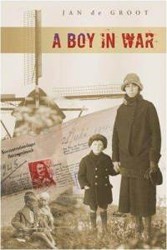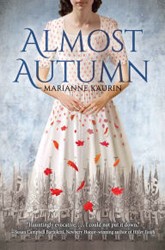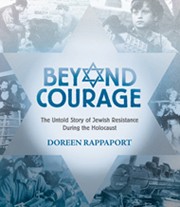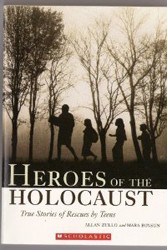The Golds are a Jewish, upper-middle-class family who have creature comforts, social status, and political connections in Poland just before World War II. They have two daughters and a baby son. However, as the years pass and the Nazis gain strength, Leib, the father, recognizes the danger to his family. He contacts his cousin in Palestine and begins a plan to join him there. He is ready to leave when he receives a letter that tells him “…this is not the right time to join us. It is too dangerous.” Faced with “…the disintegration of his dream…” Leib tries to keep his family safe in Pinczow. But in 1939, the Germans invade Poland, and life is changed forever.
The rest of the book is an episodic narrative of how the family tries to survive. Initially, Leib sends his wife and children to a farmer who he thinks will hide them. The family hopes to reunite, and it is this hope that keeps them alive when the situation becomes desperate.
Each person or family who subsequently hides the Golds is faced with the same dilemma —how long can they keep them without discovery? Some who help are corrupt and want only money before they immediately turn the Golds over to the Nazis. One Polish woman who hides them temporarily says to David, the son, “I feel sorry for you Jews. We have no choice you know. It’s the way it must be. All you Jews must die.”
At one point, hidden but starving, the mother sends her daughter Shoshanah out with their remaining money to buy four cyanide capsules. “We need to escape to God on our own terms,” she says. The pharmacist tells Shoshanah, “The Red Army is close…if you just have hope you will survive.” The young girl returns without the poison.
Amazingly, through their grit, determination, ingenuity, and mutual support, all of the Golds but Leib survive. The final chapter is narrated by David, who returns years later with his grandson to their place of hiding.
This powerful book is presented like a mystery. The reader eagerly reads page after page in order to discover what will happen to the desperate characters. Written in simple but graphic language, this book is recommended for ages 14 and up.





